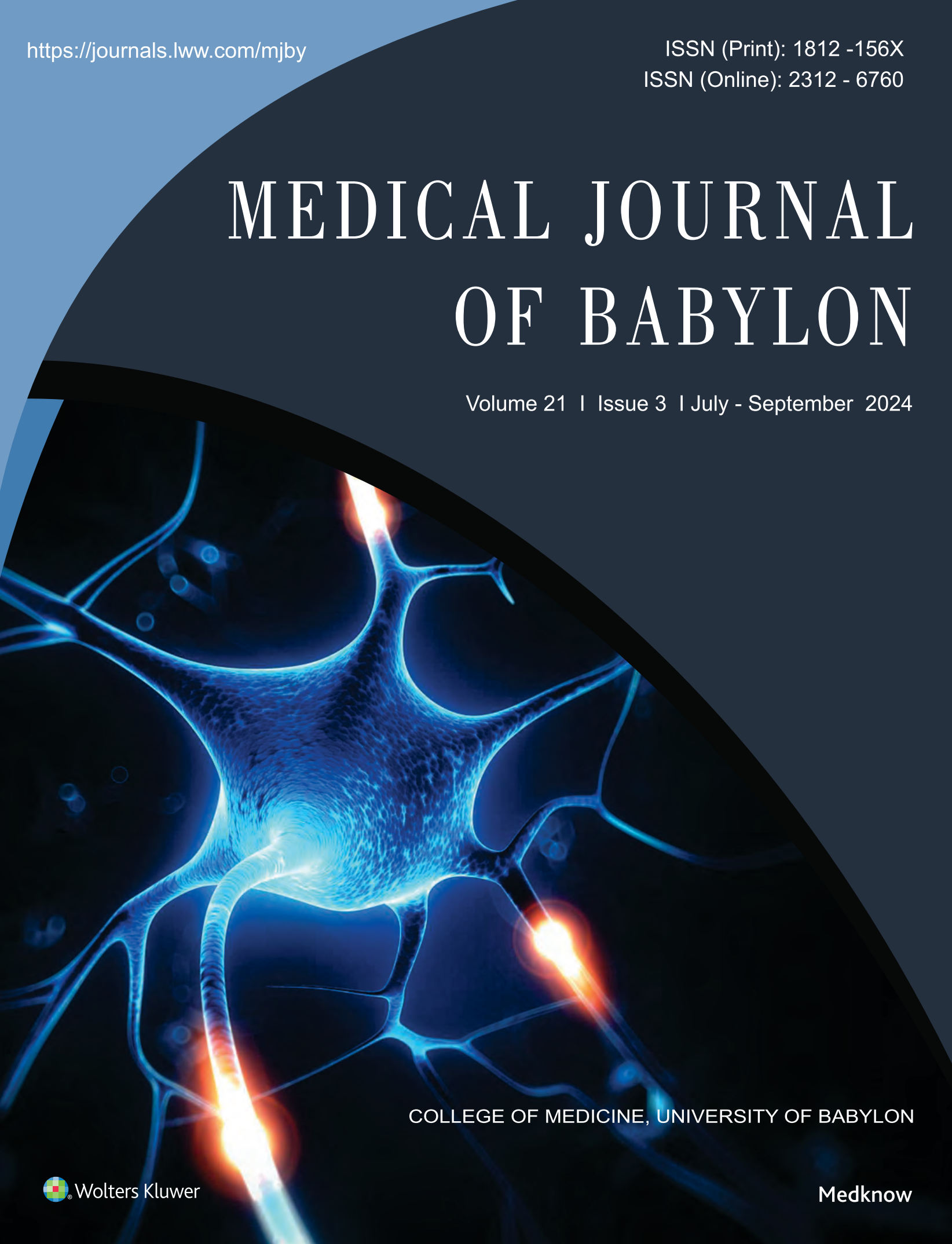Abstract
In this study the efficiency of traditional disinfectants and antiseptics used in the hospitals against bacterial isolates was detected with help of Broth dilution method (for determination of minimum inhibitory concentration-MIC), Disc and Well diffusion method.The results of MIC method show that chlorohexidine gluconate Hibitene) was most effective disinfectants on tested bacteria and it followed by chloroxylenol (S1)type (while chloroxylenol(S2)and(Sp)type showed lower activity), hydrogen peroxide, sodium hypochlorite, formaldehyde, sodium dichloroisocyanurate and PVP-I, while chlorohexidine cetramid (Savlon) showed no efficiency against all tested bacteria .
Generally, B.subtilis and methicillin resistant S.aureus were found to be the most sensitive bacteria being tested in this study against disinfectants and antiseptics while P.aeruginosa was the most resistant bacteria to these agents.
Disc and well diffusion methods showed correlation between the concentrations of disinfectants and the inhibition zones of bacterial growth increase significantly P <0.05.
Generally, B.subtilis and methicillin resistant S.aureus were found to be the most sensitive bacteria being tested in this study against disinfectants and antiseptics while P.aeruginosa was the most resistant bacteria to these agents.
Disc and well diffusion methods showed correlation between the concentrations of disinfectants and the inhibition zones of bacterial growth increase significantly P <0.05.
